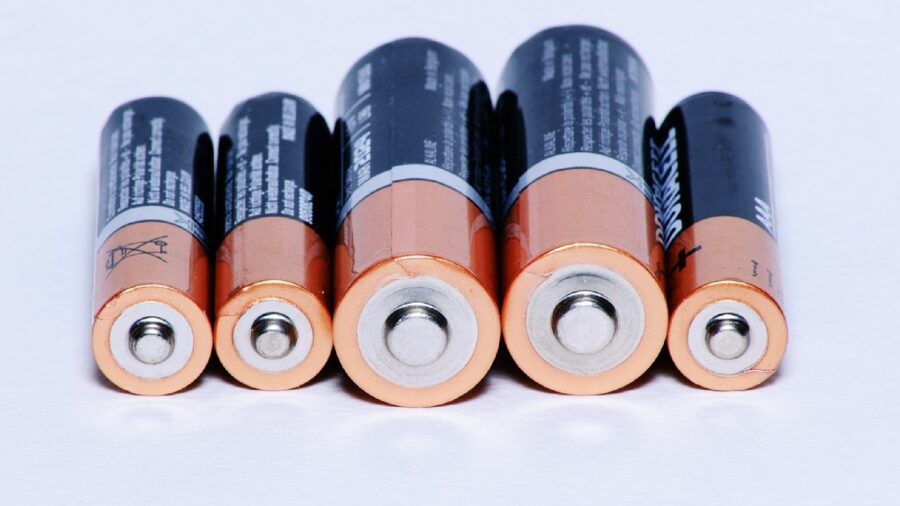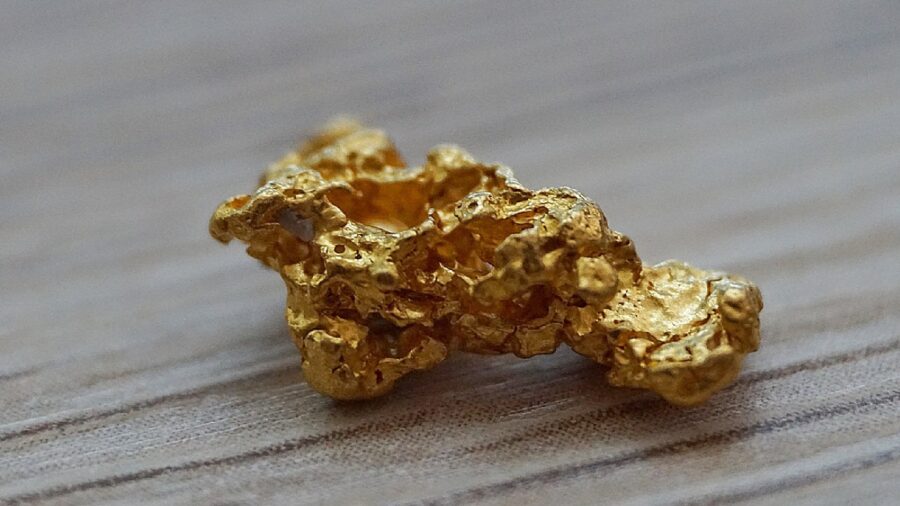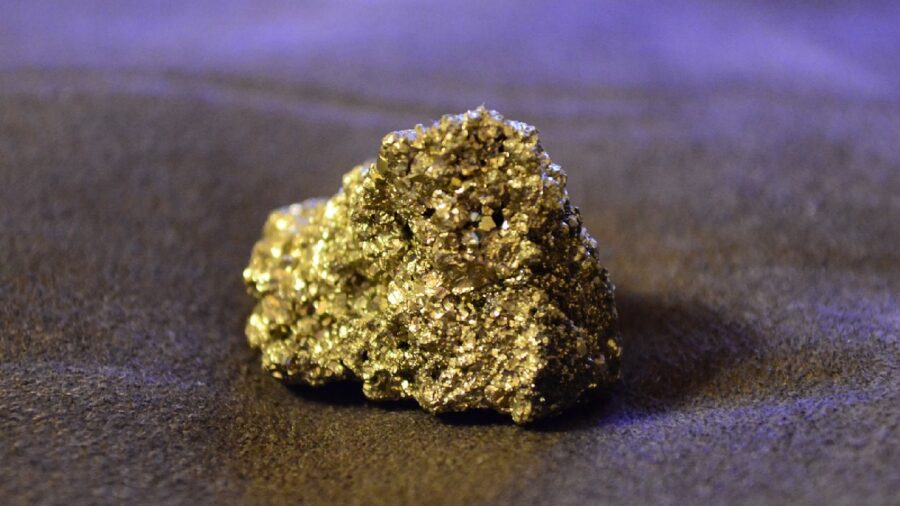Fool’s Gold Is About To Become Extremely Valuable

Fool’s gold, also known as pyrite, is a mineral that looks like real gold but is not as valuable. However, the status quo may be about to change, as pyrite is used to produce lithium-ion batteries, which are used in laptops and electric vehicles. Giant versions of these batteries are able to store energy created by renewable resources like solar and wind.
Fool’s Gold For Batteries

Fool’s gold can be used in these applications due to its various properties. Pyrite is ground down to 0.1-millimeter particles which are used in lithium batteries. These batteries operate through a redox reaction where lithium metal is oxidized to produce lithium sulfide, generating electricity through the production of electrons.
Lithium batteries are favored as they are lightweight and optimized by energy per gram. Moreover, pyrite of fool’s gold’s attractiveness in the electronics industry stems from its wide distribution, affordability, and availability. It offers environmental benefits in terms of energy efficiency during the manufacturing process and when being transported.
Demand Has Gone Up

As expected, the demand for fool’s gold (lithium) has increased in recent years. Researchers from West Virginia University are leading a team investigating alternative sources of lithium beyond pegmatites and volcanic clays, which are already common. They are exploring the possibility of repurposing industrial sites, such as mine tailings or drill cuttings, to extract lithium.
Shale

By doing so, existing materials can be used without creating new waste, offering safer and more cost-effective ways to obtain fool’s gold. Shailee Bhattacharya, a doctoral student specializing in sedimentary geochemistry at West Virginia University’s IsoBioGeM Lab under the guidance of Professor Shikha Sharma, will be sharing the team’s findings at the 2024 European Geosciences Union General Assembly.
Their research focuses on 15 samples of middle-Devonian sedimentary rocks sourced from the Appalachian basin in the United States. According to Bhattacharya, the team found large amounts of lithium in fool’s gold (pyrite) minerals in shale, which is rare. While the geologic literature did not provide information about the cross between lithium and sulfur-rich pyrite, scientists are looking into it.
No More Mining?

“I am trying to understand how lithium and pyrite could be associated with one another,” Bhattacharya said about the ongoing research into how lithium-sulfur batteries could replace their lithium-ion counterparts. Interestingly, shale rich in organic matter might offer increased possibilities for extracting lithium due to its links with fool’s gold (pyrite).
But whether these findings apply to shale samples from other locations remains uncertain. “This is a well-specific study,” Bhattacharya said of the problem. Nevertheless, this research shows promise by suggesting that specific types of shale could potentially serve as a lithium source without the need for establishing new mining operations.
Cleaner Energy Source

Furthermore, fool’s gold batteries do not contain toxic heavy metals like lead or cadmium. This makes them less harmful to the environment and easier to recycle. By contrast, the more commonly used lithium-ion batteries pose various environmental risks. The toxic metals in these batteries can easily contaminate water supplies and ecosystems around mines.
Additionally, inappropriate disposal of lithium-ion batteries can lead to fires in landfills or battery-recycling facilities. As such, the environmental impact of fool’s gold batteries is generally considered to be more favorable as they contain iron, sulfur, sodium, and magnesium, all of which are abundant and widely available.
Source: Eurekalert












